Salmon on the Pacific coast are in crisis. In the Fraser River, which once supported one of the largest salmon runs in the world, many salmon returns are at a fraction of their former abundance. Further north on the central coast of B.C., chum salmon populations have declined by over 90 per cent since 1960.
Most experts agree that there are three key drivers to this drastic decline: climate change, habitat loss and overfishing. Large production hatcheries and open net-pen fish farming also play a role.
These are monumental issues. A recent survey by the Pacific Salmon Foundation found 86 per cent of people in B.C. showed high levels of concern about the decline of Pacific salmon. Yet many people don’t know if there are avenues to act.
I’ve been working with my colleagues at Raincoast Conservation Foundation, a charitable non-profit conservation science organization in B.C., to compile a list of actions that you can take today to support the recovery of wild Pacific salmon populations.
From small lifestyle changes to resources you can use to support broad, system-wide reform, there are big and small changes you can take that will make a difference.
Taking action on salmon habitat loss
Salmon habitat is being degraded and destroyed by land use activities including agricultural, urban and industrial development. Industrial logging within salmon watersheds is a particular concern. Near streams and rivers, trees work with soils to release, retain and regulate the flow of water. Once trees are removed, environmental conditions like water flow, temperature and available habitat within the stream are altered. Forests also help keep spawning streams cool, a task that is critical in the face of climate change which is already making some streams too warm for salmon to thrive in.
Chemical and nutrient runoff from roads, farms and industrial sites also degrades salmon habitat. Most concerning is the tire compound 6ppd-quinone, which accumulates on roads and washes into streams. The compound has been shown to be lethal to juvenile salmon, and little is known about the toxicity of the thousands of new synthetic chemicals introduced to the Canadian market each year.
To address habitat loss, there are several actions you can take.
Consider pre-owned or refurbished furniture. Most furniture is made from unsustainably harvested forests, and buying used ensures that no new trees are felled to decorate your home.
Follow development in your community. Urban sprawl is one of the leading factors of salmon habitat destruction in populated areas.
Make your voice heard at council meetings and tell your decision-makers to support thoughtful development densities that preserve salmon habitat outside of town. We could design our rural and urban environments without the forest destruction currently allowed. Having mature trees within all types of land use (e.g. forestry, agriculture, urban and industrial landscapes) keeps streams healthy.
Everything that goes down your drain has the potential to flow into salmon habitat. Consider opting for vinegar-based cleaning products instead of those that use synthetic chemicals like bleach. In your garden, use organic fertilizers like compost or manure, and use them sparingly. Opt out of using herbicides and pesticides and consider organic pest and weed control measures.
Grow native shrubs and trees and consider creating a rain garden, which have been shown to effectively filter out pollutants like 6ppd-quinone from road runoff before it can enter streams.
Follow local fire bans and leave no trace when recreating in the outdoors. The majority of wildfires are human-caused and wreak havoc on salmon habitat by destroying forests and making land more susceptible to erosion and flooding.
Oppose industrial projects in important salmon habitat like Roberts Bank Terminal 2 and the Trans Mountain Pipeline. Put pressure on decision-makers to advance forestry reform and protect old-growth.
Join or support a local streamkeeper group, and volunteer at local habitat restoration projects and invasive species pulls. Voice your support at the local level for green infrastructure projects that manage stormwater and reduce runoff. Support smart urban planning policies that limit sprawl and habitat destruction.
How to address overfishing
Since the turn of the century, western-colonial frameworks of managing fisheries have contributed to the collapse of wild salmon populations. Conventional salmon management has focused on maximizing the amount of fish that can be taken from the ocean, without accounting for factors such as climate change, wildlife needs and the ecosystem importance of allowing salmon to return to their rivers.
The majority of salmon fisheries are “mixed stock fisheries,” meaning that there is no separation of endangered and healthy populations: all are swept up by the nets.
There are several actions you can take to help curb overfishing. Purchase salmon from fishers and suppliers using traditional fishing practices that are selective and reduce bycatch. Lummi Island in Washington state operates a reef net which allows them to selectively harvest healthy salmon populations while minimizing stress and injury to those that are endangered.
If you’re an angler, practice proper handling techniques for low-impact release when fishing. These include using small, barbless hooks, keeping fish in the water and avoiding netting a fish if you intend to release it. The organization Keep Fish Wet provides plenty more science-backed resources to maximize survival and welfare of angled fish.
Write a letter to your MP opposing mixed-stock fisheries, and support sustainable fishing practices like terminal fisheries, pound nets, fish weirs and reef nets.
Tell your elected officials to oppose interception fisheries like those in Southeast Alaska, which capture salmon often bound for B.C. rivers and include endangered or at-risk populations.
How to act on climate change
Climate change is affecting our oceans and rivers so quickly that the food required by salmon is often not available in the place, time, quality or quantity they need. This is compounded by more frequent and intense marine heat waves, which further lower the ability of salmon to grow and survive during the ocean phase of their life cycle.
Climate change is also warming the streams critical for spawning adults and newly hatched fry, and increasing the incidence of extreme droughts which can kill migrating adults before they have a chance to spawn.
Additionally, climate-linked extreme flooding can smother and destroy salmon redds (nests) as rivers flow with more energy.
In combating climate change, personal transportation choices matter. The transportation sector accounts for a quarter of total emissions in Canada, and the country ranks second in the world behind the U.S. in road transportation emissions per capita.
The average Canadian emits more than double the CO2 to get around compared to the average Japanese or Spanish person. Be an advocate for improved public transit, both at the intercity (subways, streetcars, buses) and regional (high speed rail) level. Call for safer streets for pedestrians and cyclists.
Transportation is an issue where your voice has a big impact. Decisions around land use, street design and neighbourhood density are mostly made at the municipal level. Voting in local elections (which often have the lowest voter turnout rates), speaking at town halls and responding to municipal surveys are all great ways to shape where you live into a place that is friendlier to those outside of a car.
Non-car travel isn’t just something that the big cities are working towards. Smaller communities like Selkirk, Fort St. John and Pender Island are all exploring ways to design their streets to be accommodating to low-carbon modes of transportation.
If you’re currently house-hunting, you can also use Walk Score to see how walkable your new neighbourhood will be.
The Intergovernmental Panel on Climate Change has identified land protection, reforestation and habitat restoration as high-impact strategies to reduce carbon emissions. Many of these projects are taken on by non-profits and small community groups, who rely on donations to achieve their goals.
Raincoast and our partners at the Pender Island Conservancy have been purchasing land within the coastal Douglas fir biogeoclimatic zone to protect forests in perpetuity — acquisitions that were backed by public donations.
Want to do more?
If you’re interested in making a change in your own life, here are a few suggestions.
Habitat loss
- Stay out of salmon streams during spawning season (this includes pets too!)
- Learn about how nature-based solutions can manage flooding while providing habitat for salmon.
Overfishing
- Buy pink salmon instead of Chinook (also called king). Generally speaking, purchasing pink salmon is more sustainable than buying other species of salmon and is less likely to be mislabelled. Restaurants in Seattle have taken Chinook off their menus due to the decline of the southern resident killer whales, which rely on Chinook for food.
- Learn how to decide whether your seafood is truly sustainable.
Climate change
- Buy local and/or used. Imported goods carry a heavy carbon load in addition to the plethora of environmental impacts associated with ship traffic.
- Reduce food waste and compost your scraps. Food that goes to landfill ferments into methane, a potent greenhouse gas. Composting does not produce methane and creates high-quality fertilizer.
Your actions matter
Feeling helpless, hopeless or powerless can be a common response to environmental crises. Will my actions really make a difference? Am I doing the right thing? These are valid questions in the face of issues that seem too big to tackle alone.
But you can be a part of the solution. We hope that our playbook serves as a guide to action, demonstrating that you can have a meaningful impact for the recovery of wild Pacific salmon. ![]()
Read more: Food, Environment



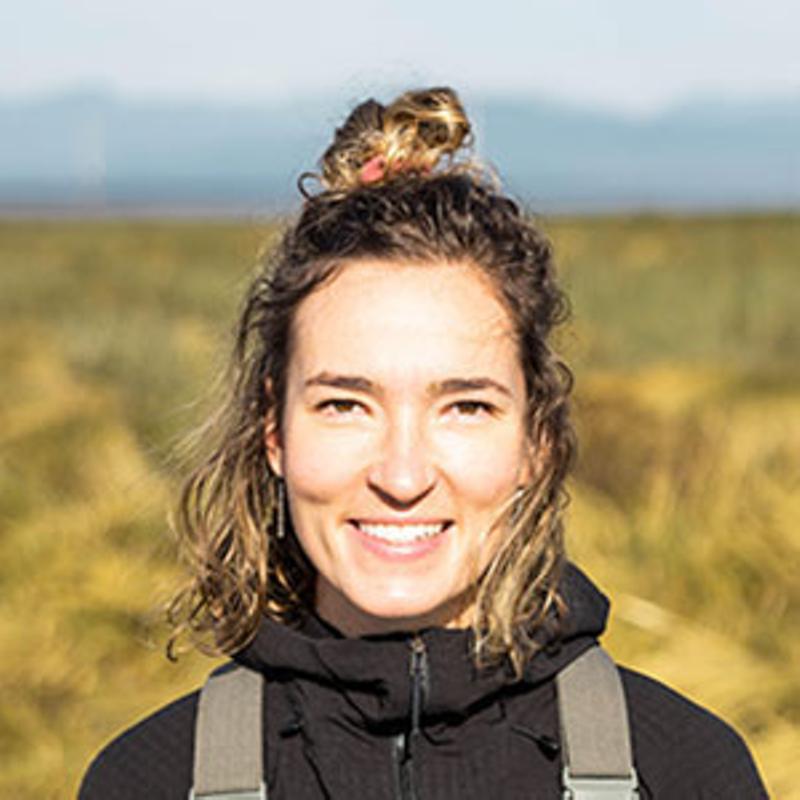

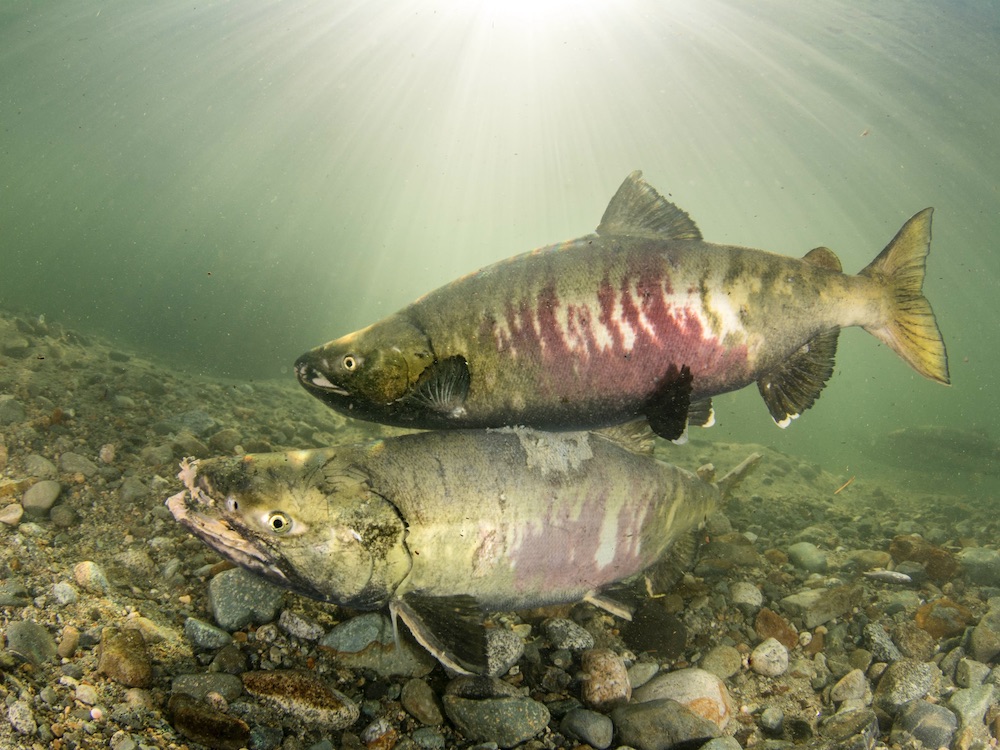





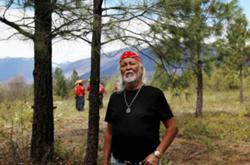

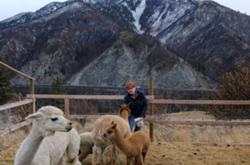
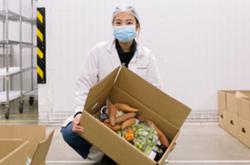



Tyee Commenting Guidelines
Comments that violate guidelines risk being deleted, and violations may result in a temporary or permanent user ban. Maintain the spirit of good conversation to stay in the discussion and be patient with moderators. Comments are reviewed regularly but not in real time.
Do:
Do not: